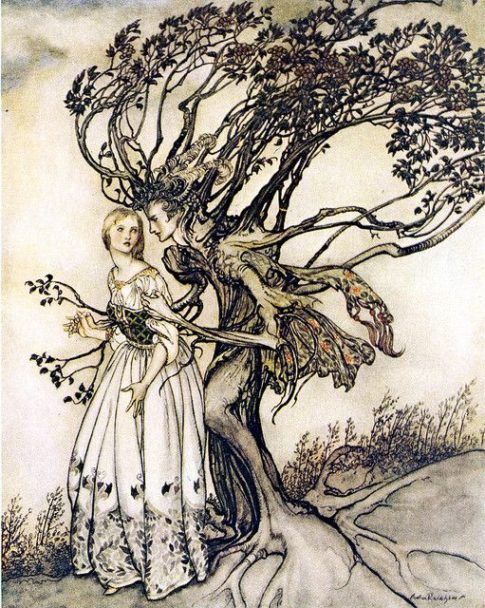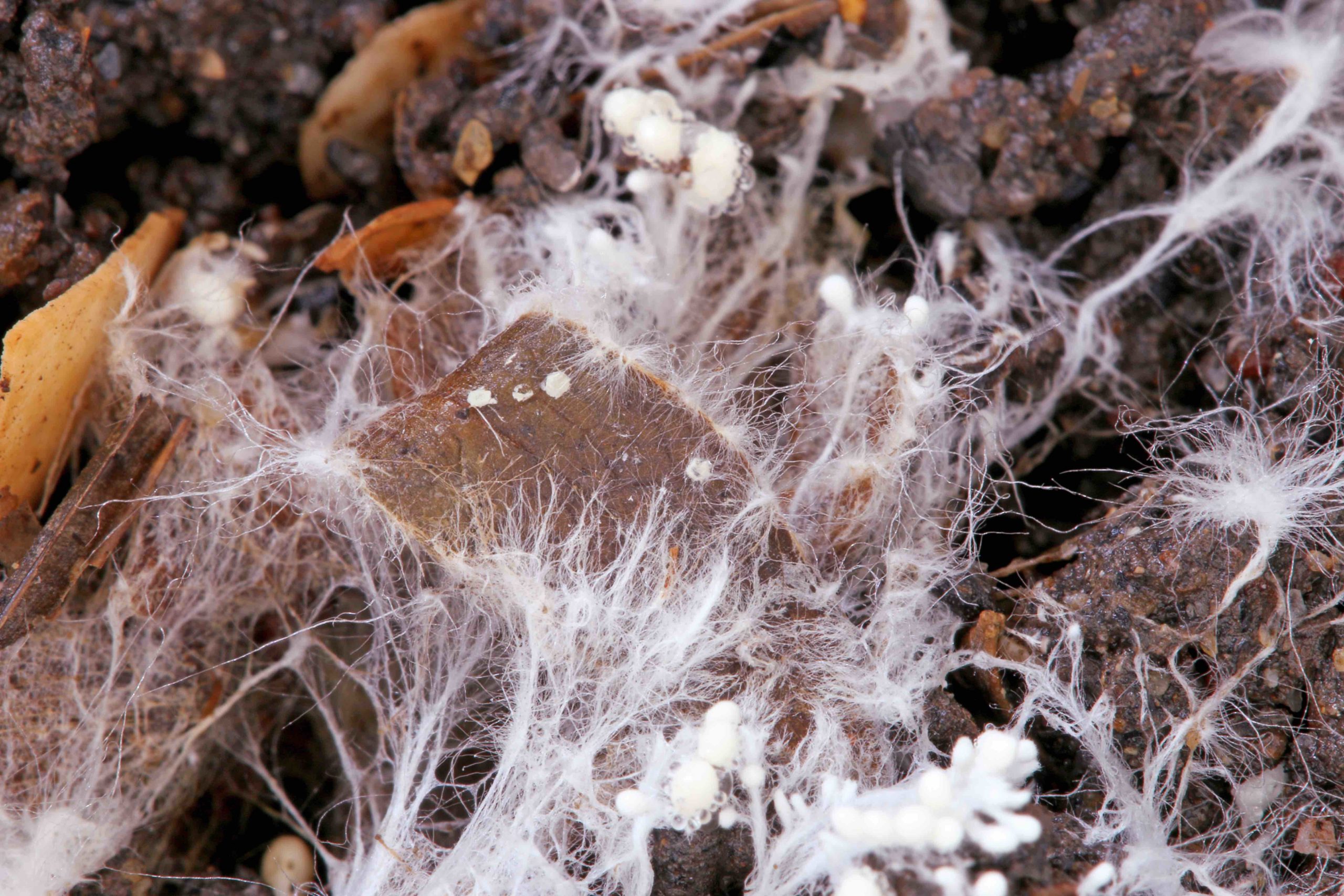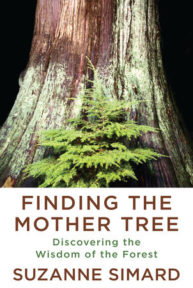Nope, it’s not a typo. And as we sensed all along, trees talk.
Not only do they talk through the wood-wide web, but they also look after their young and nurture and provide nutrients to sick trees. Ecologist and Professor of Forest Ecology, Suzanne Simard, has shown how trees use a network of soil fungi to communicate their needs and aid neighboring sick trees and plants with nutrients. They use scent chemicals to transmit information across the forest and as they die, send their nutrients to other trees. A tree is only as good as its forest, sort of the “it takes a village to raise a baby” idea. I love the whole discovery. It’s controversial in the scientific world, of course, because it absolutely contradicts Darwin’s survival of the fittest, you know, the best tree wins kind of theory. Which is precisely while I like it. Why can’t trees compete and help one another? Trees seek to survive, but part of surviving, as every smart tree knows, is the good health of the forest. Just as we humans compete to survive, but also know that the health of the planet and our communities is part of our survival.
Well, maybe we don’t know that well enough. Come on world. The signs are all there. There’s still time.
“Beneath the mystery lay a fascinating frontier of scientific research, which would eventually reveal that this tree was not unique in its assisted living. Neighboring trees, scientists found, help each other through their root systems — either directly, by intertwining their roots, or indirectly, by growing fungal networks around the roots that serve as a sort of extended nervous system connecting separate trees. If this weren’t remarkable enough, these arboreal mutualities are even more complex — trees appear able to distinguish their own roots from those of other species and even of their own relatives.” –taken from my favorite blog, Brain Pickings, by Maria Popova

Arthur Rackham illustration from Aesop’s Fables




0 Comments